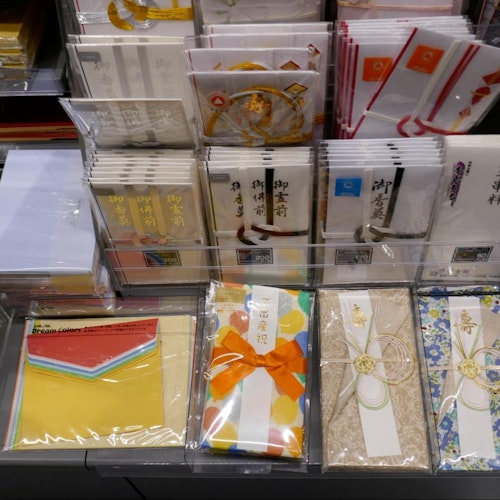
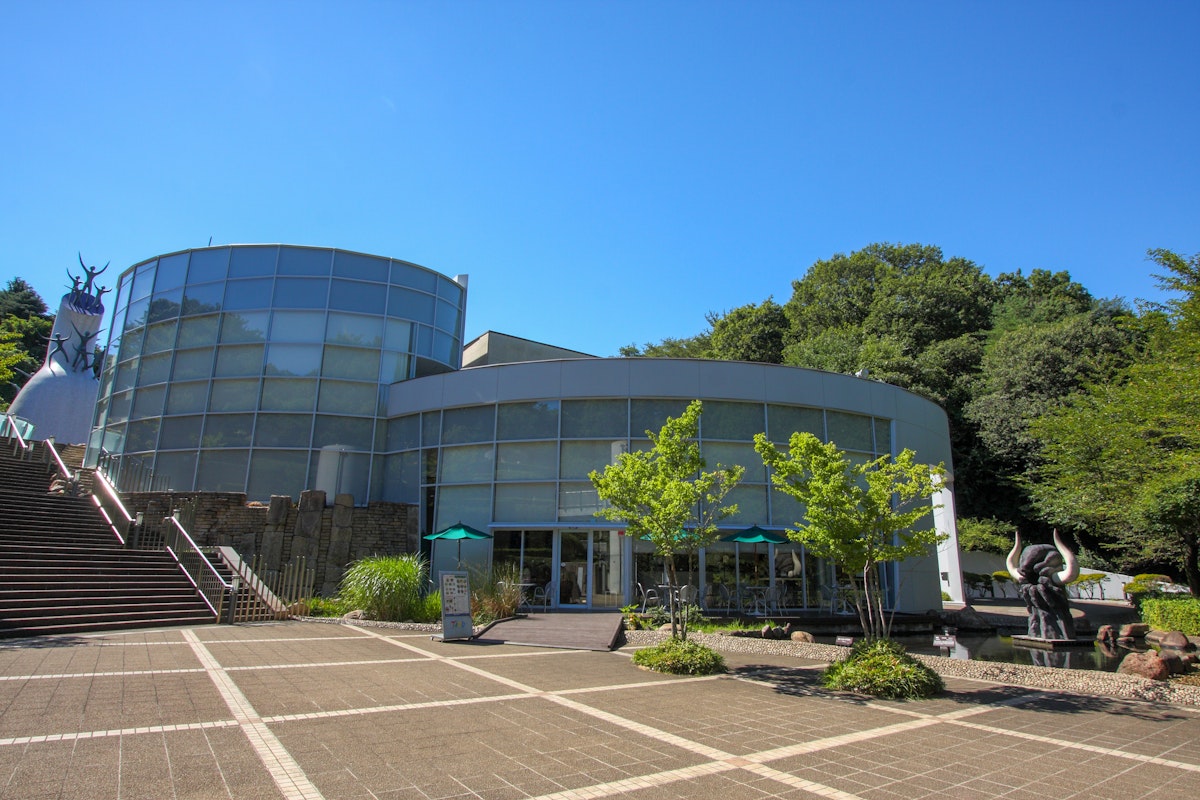
Kawasaki, a city often overlooked in the shadows of Tokyo and Yokohama, holds a cultural treasure trove waiting to be discovered. From art to history, the city has something for everyone. Take a journey with us to explore Kawasaki's rich cultural side, featuring museums and arts that are both fascinating and enlightening.
Kawasaki City, situated between Tokyo and Yokohama, has a rich history dating back to ancient times. Initially an agricultural town, it evolved into an industrial hub.
Yet, amidst the cityscape, Kawasaki preserves its history diligently. Historical landmarks and museums are peppered throughout the city, offering visitors a glimpse into its rich past.
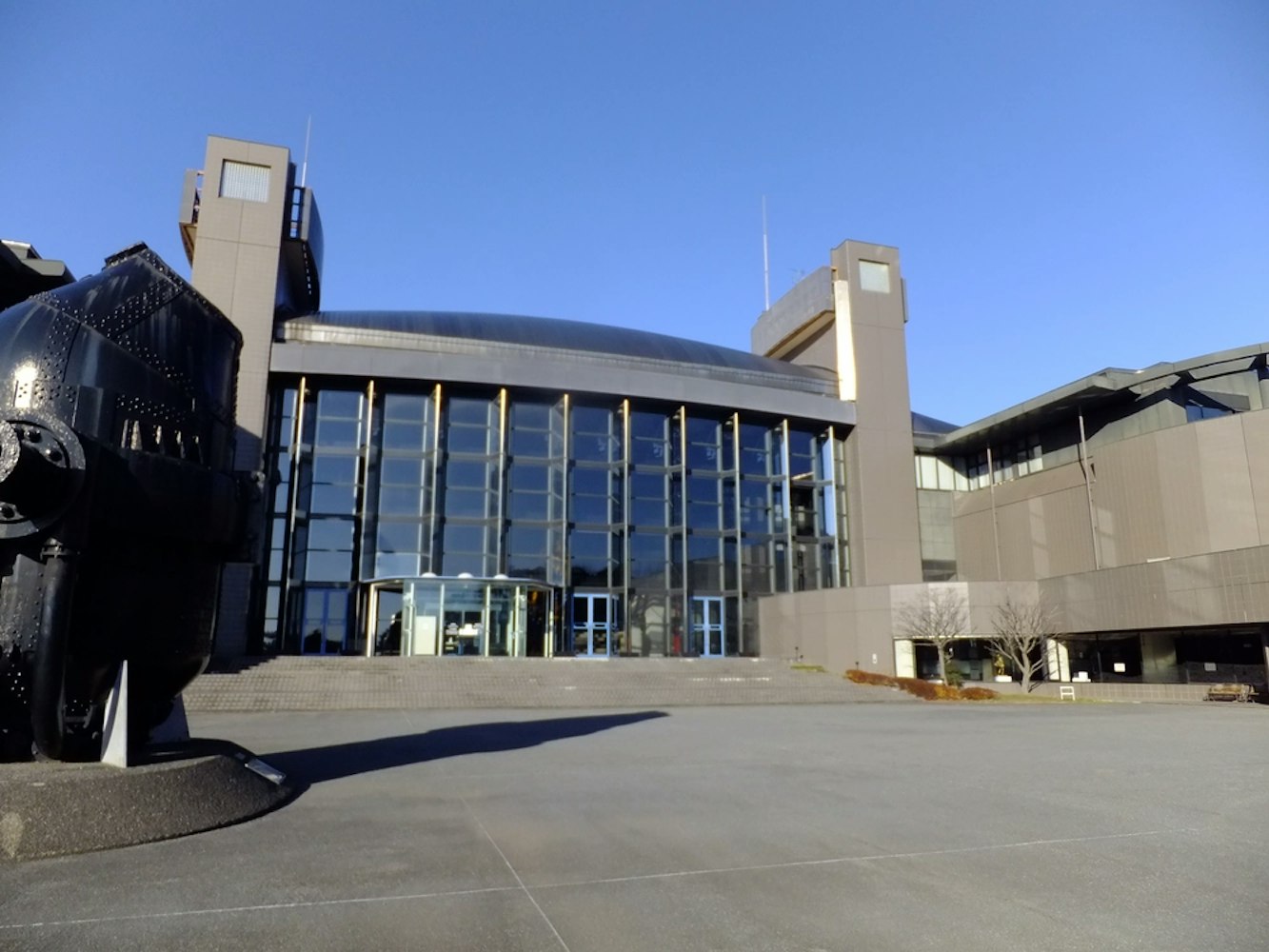
One of the must-visit museums in Kawasaki City is the Kawasaki City Museum. Located conveniently near Musashi Kosugi Station, the museum opened its doors to the public in 1988.
The museum offers various exhibits, from natural history to folklore and art. Note that the museum is closed on Mondays and national holidays, with the last admission usually an hour before closing.
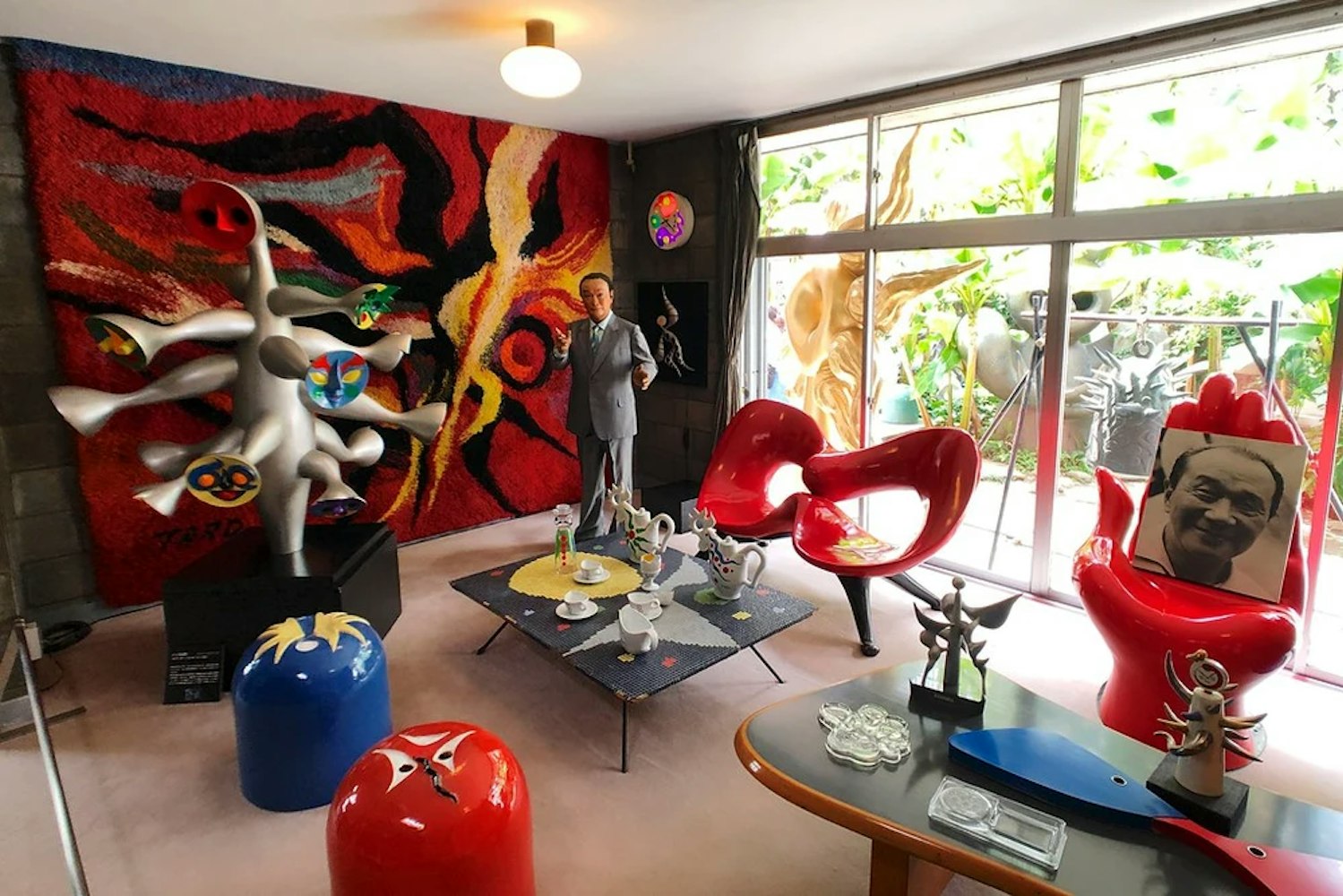
If you love art, use the Taro Okamoto Museum in Tama-ku. Easily accessible via the Odakyu Line, alight at Noborito Station and take the south exit.
This museum focuses on the works of Taro Okamoto, a pivotal figure in Japan's modern art scene. Taro Okamoto's artworks, photographs, and exhibits captivate visitors, offering a deeper understanding of the artist's world.
The museum remains closed on Mondays and during the year-end holidays.
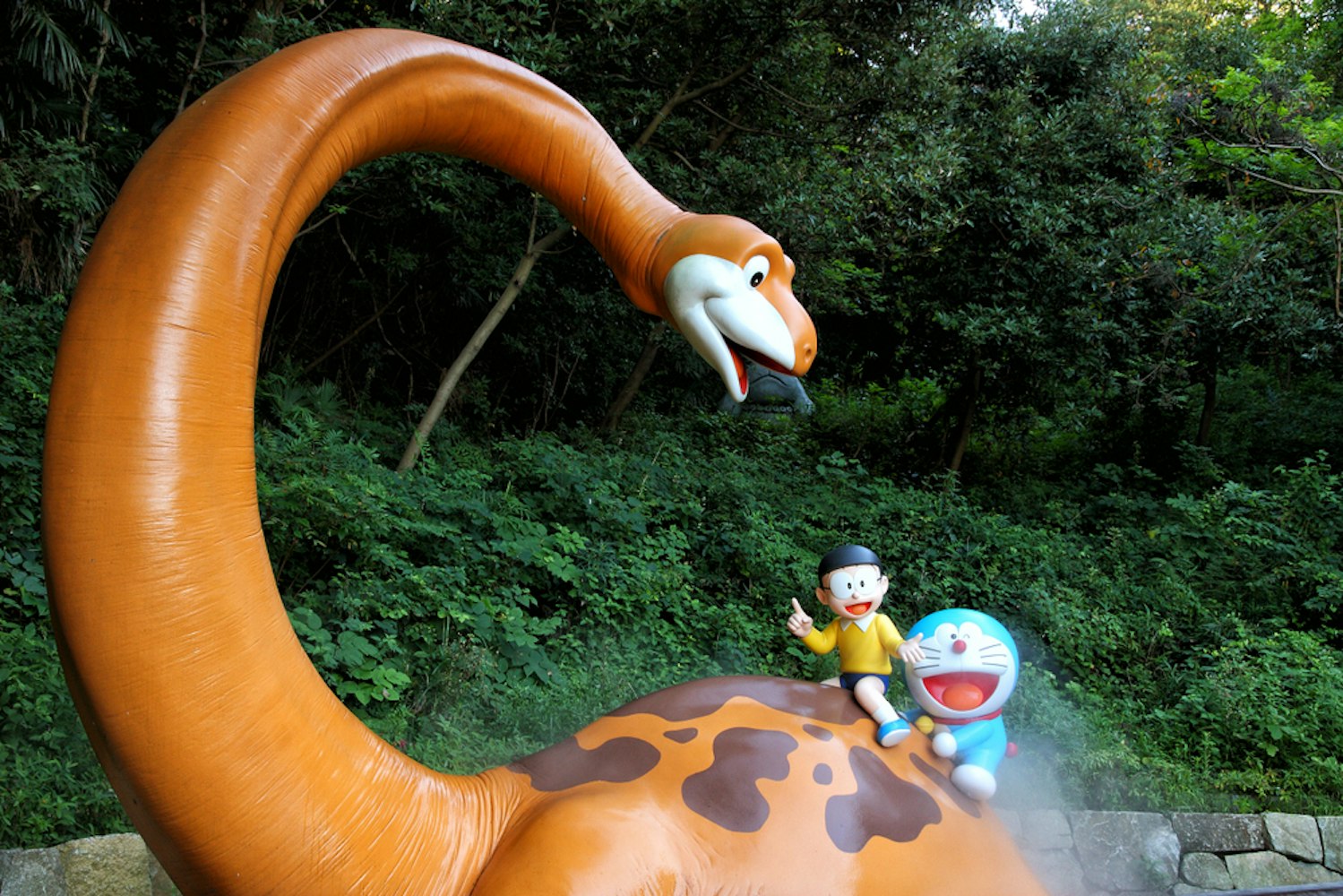
The Fujiko F. Fujio Museum, also known as the Doraemon Museum, is another cultural gem located in Kawasaki City. Situated in Tama-ku, the museum is accessible via the Odakyu Line, with the closest station being Noborito.
Dedicated to Fujiko F. Fujio, the creator of the beloved manga and anime character Doraemon, the museum offers a nostalgic trip down memory lane for fans. The museum features a wide range of exhibits, including original sketches, a reading room filled with manga, and even life-sized statues of popular characters.
If you're in Kawasaki and have a soft spot for manga or anime, this museum is an essential stop.
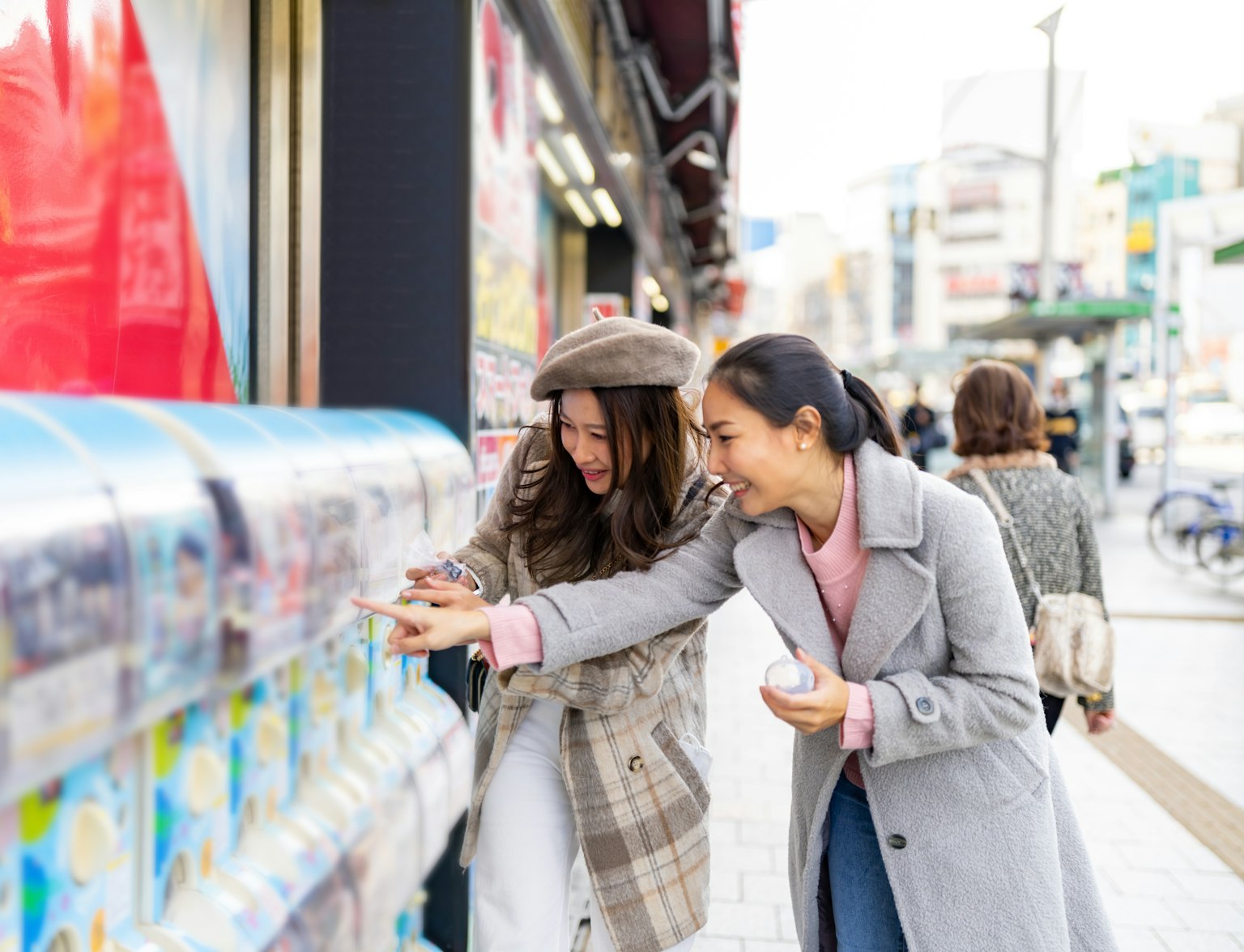
Don't forget to visit Akihabara when you're in Tokyo.
Kawasaki City is not just about its well-known museums; it also hosts a variety of smaller art galleries featuring contemporary art. These galleries often showcase local artists, providing a platform for upcoming talent.
The exhibitions vary, including paintings, sculptures, and photographs, allowing visitors to engage with multiple art forms.
For those interested in traditional Japanese art, known as Nihonga, Kawasaki has several spaces that focus on such works. These places offer a nice contrast to the modern art found at Taro Okamoto museums.
From ancient calligraphy to intricate woodwork, the city celebrates its history through these exhibits.
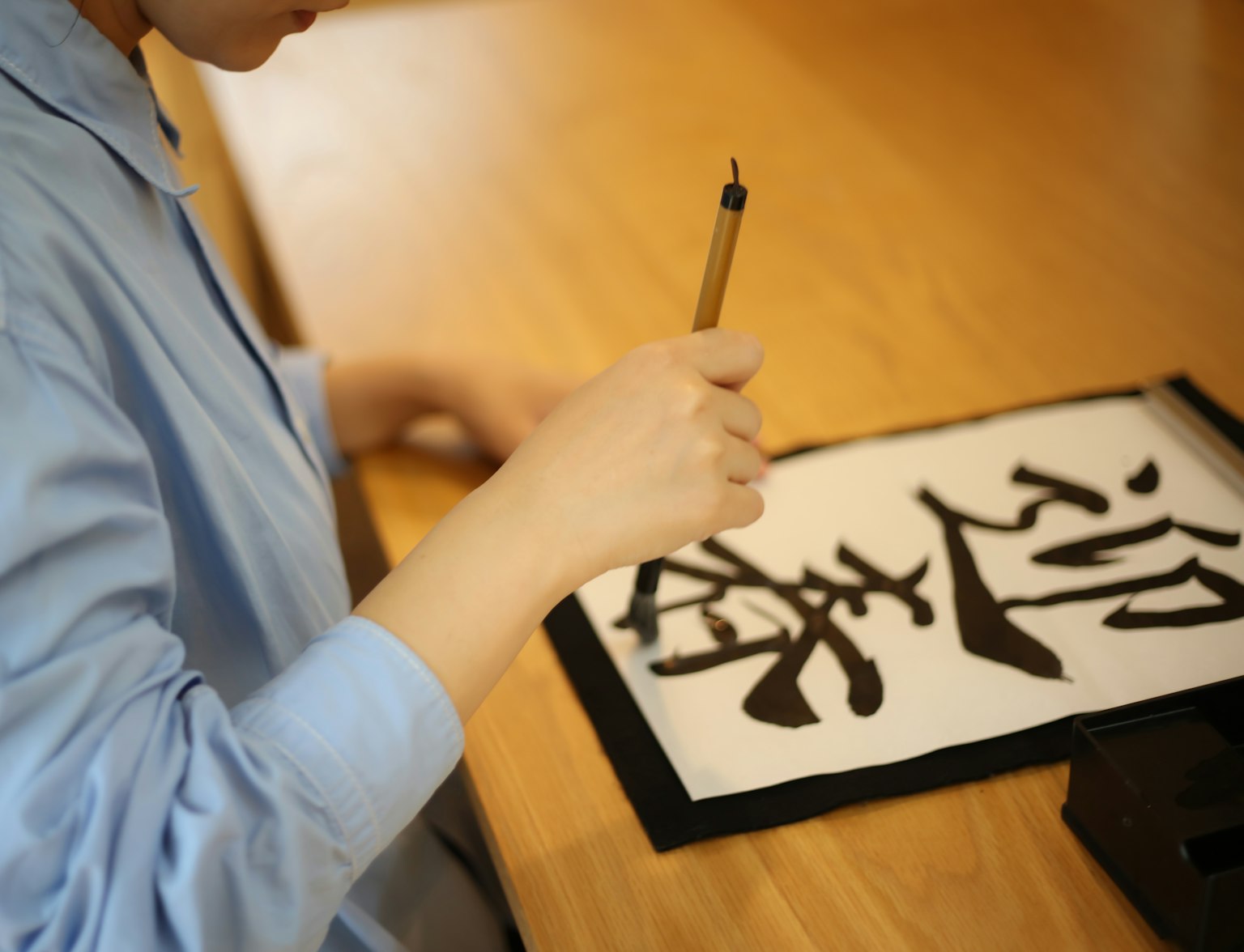
Learn more about calligraphy in this workshop.
If museums and galleries are different from your thing, you'll be pleased to know that Kawasaki has an active street art scene. Especially in the Tama-ku and Nakahara-ku districts, you can find murals and sculptures that add color and creativity to the city landscape.
Visiting Kawasaki in November is especially fruitful for art lovers. During this time, the city organizes multiple art events attracting local and international artists. These festivals are excellent opportunities for visitors to experience the city's art scene in a more interactive and communal setting.
Kawasaki City offers a compelling blend of history and art that often goes unnoticed. There's much to explore and appreciate, whether it's the Kawasaki City Museum's rich exhibits or Taro Okamoto's influential art. So, if you're looking to dive deep into the cultural milieu of Kawasaki, these museums and art spaces should be on your must-visit list.

Experience dry head spa in Kawasaki.



